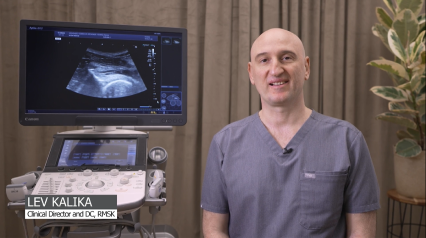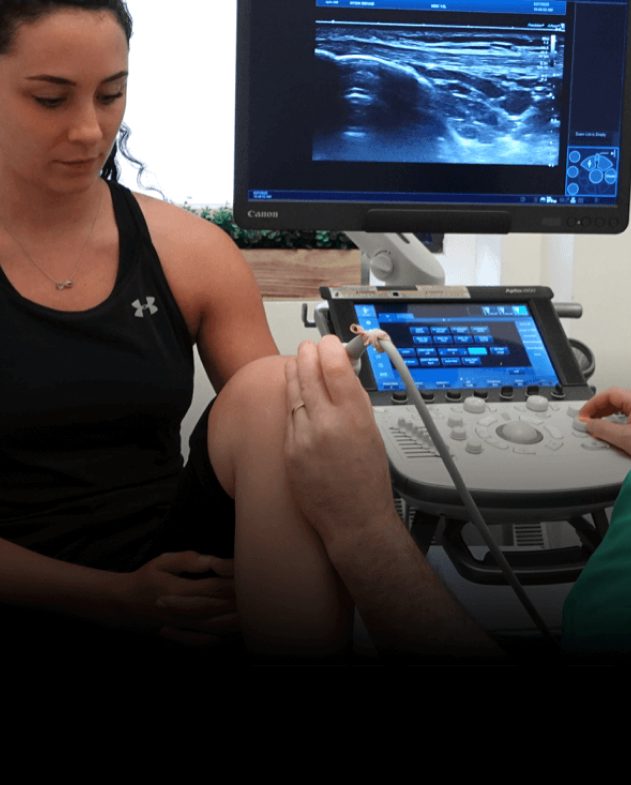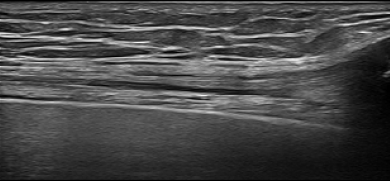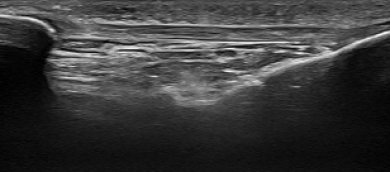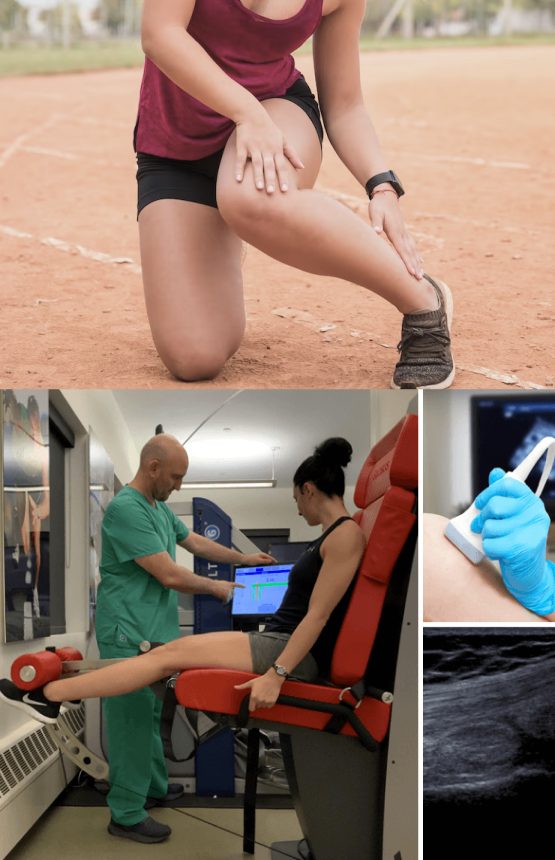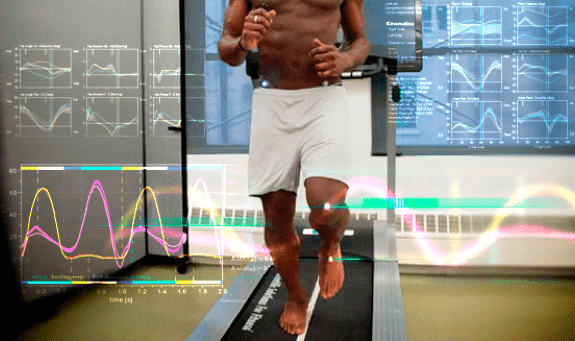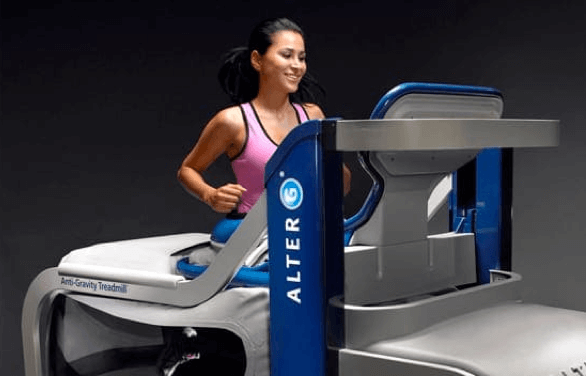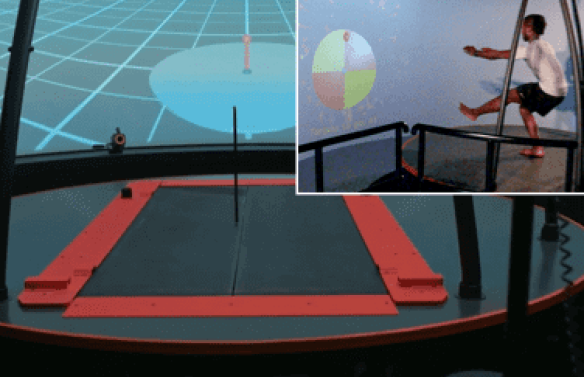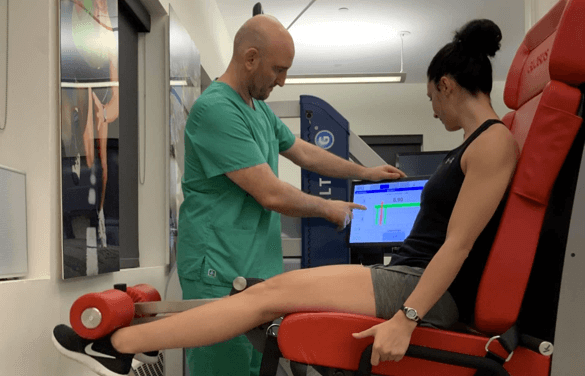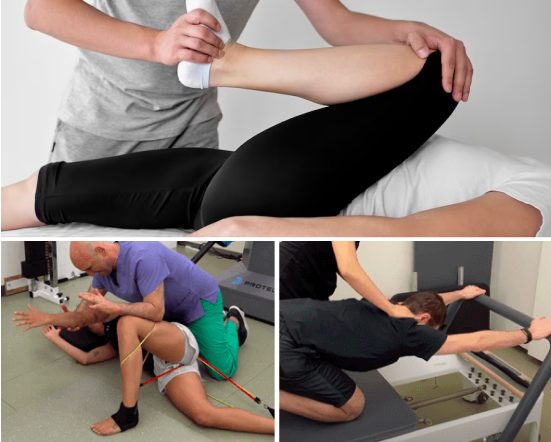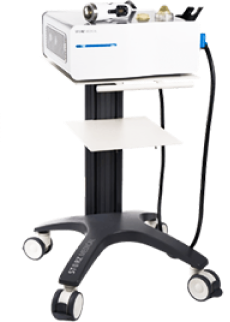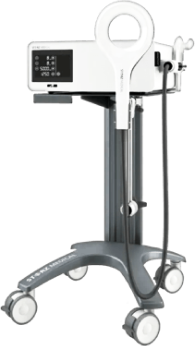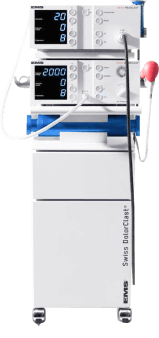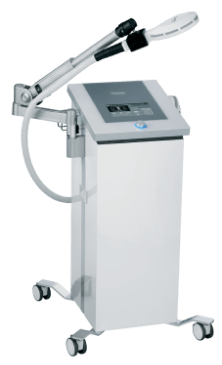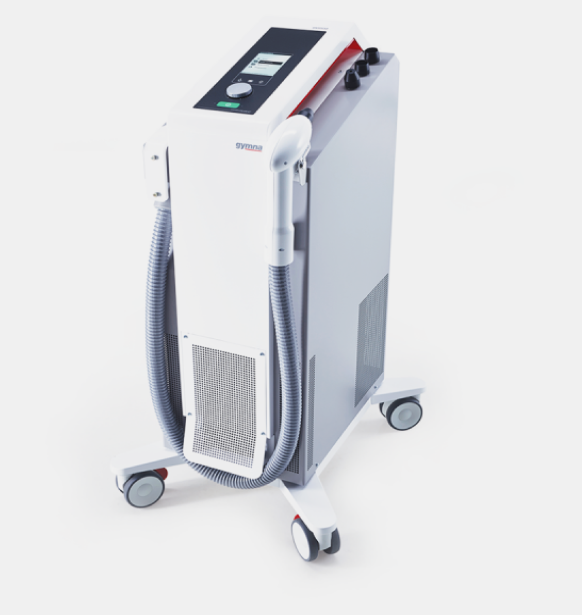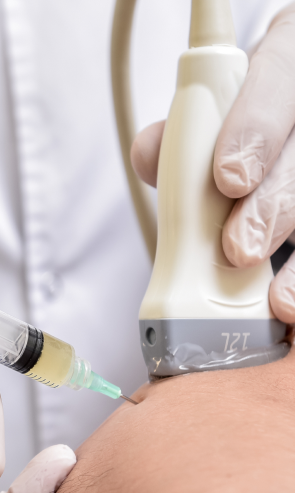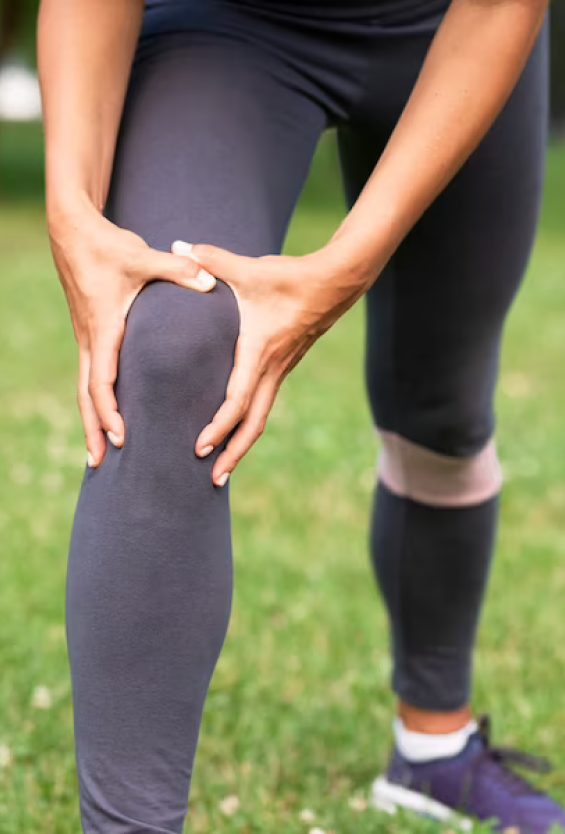Conventional posterior knee rehabilitation clinics often take a one-size-fits-all approach to knee pain, using cookie-cutter exercises and antiquated timelines that do not fully rehabilitate knee injuries or restore optimal movement.
In most cases, physical therapy does not provide a stand-alone solution for resolving posterior knee pain. Prior to beginning physical therapy, other issues need to be addressed that can undermine the effectiveness of physical therapy exercises.
Problems that need to be addressed before beginning
physical therapy include:
At NYDNRehab, we use advanced technologies to accurately diagnose and measure individual parameters for joint angles, force loads, muscle firing patterns and gait. We then design a personalized treatment protocol based on the patient’s unique profile, measuring progress along the way to ensure full recovery.
We understand that every patient has a unique anatomy, and that every knee injury has unique characteristics. We tailor our one-on-one treatment plans to the individual patient. Our holistic approach goes beyond treating symptoms, to identifying contributing factors and resolving them.
In addition to strengthening the structures that support the knee, our treatment for posterior knee pain includes real-time feedback training, to restore optimal muscle recruitment patterns that are often disrupted after an injury. By retraining the neural pathways between the brain and body, we eliminate compensation patterns and optimize neuromuscular communication channels. After posterior knee rehabilitation, our athletes are able to return to sport safely, with reduced risk of re-injury.
NYDNRehab is the top-rated posterior knee rehabilitation clinic in NYC. We accept most health insurance plans, and we are happy to set up payment plans for our patients.


